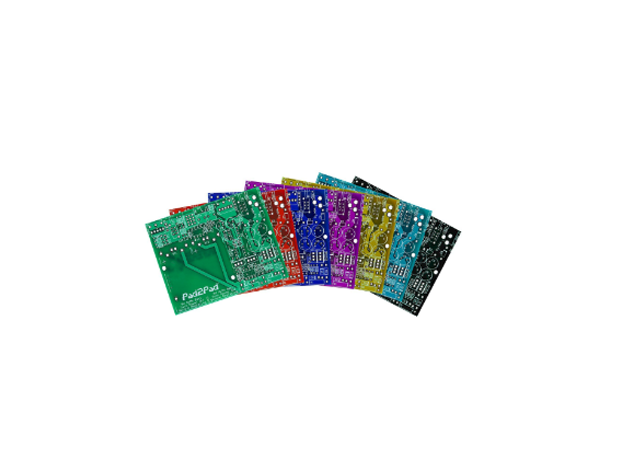Printed Circuit Boards (PCBs) are an essential component of electronic devices, serving as the foundation for connecting and supporting various electronic components. However, PCB manufacturing defects can occur, leading to potential issues with the functionality and reliability of electronic devices. In this article, we will explore some common PCB manufacturing defects and provide solutions for addressing these issues.

1. Solder Bridging
Solder bridging occurs when excess solder forms a connection between two adjacent conductive traces or pads on the PCB, leading to a short circuit. This defect can result from improper solder paste application, incorrect reflow soldering temperature, or inadequate solder mask coverage.
Solution: To prevent solder bridging, it is crucial to ensure proper solder paste application and precise control of reflow soldering temperature. Additionally, implementing a thorough inspection process to identify and remove excess solder and ensuring adequate solder mask coverage can help mitigate the risk of solder bridging.
2. Open Circuits
Open circuits occur when there is a break in the conductive pathway on the PCB, preventing the flow of electrical current. This defect can result from insufficient solder paste deposition, poor solder joint formation, or inadequate trace design.
Solution: To address open circuits, it is essential to optimize the solder paste deposition process to ensure adequate coverage of conductive traces and pads. Additionally, implementing proper solder joint formation techniques, such as using the right soldering temperature and duration, can help minimize the risk of open circuits. Furthermore, carefully designing and inspecting PCB traces can help prevent open circuit defects.
3. Component Misalignment
Component misalignment occurs when electronic components are not properly placed and secured on the PCB, leading to potential connection and functionality issues. This defect can result from inaccurate pick-and-place machine calibration or human error during the assembly process.
Solution: To mitigate component misalignment, it is crucial to calibrate pick-and-place machines regularly to ensure accurate component placement. Additionally, implementing thorough visual inspection and quality control measures during the assembly process can help identify and correct component misalignment issues.
4. Insufficient Solder Joints
Insufficient solder joints occur when there is inadequate solder material to form a reliable connection between electronic components and the PCB. This defect can result from insufficient solder paste deposition, improper reflow soldering conditions, or poor solder joint formation.
Solution: To address insufficient solder joints, it is essential to optimize the solder paste deposition process to ensure adequate coverage of component leads and pads. Additionally, implementing proper reflow soldering conditions, such as temperature and duration, can help ensure the formation of robust solder joints. Furthermore, conducting thorough visual inspections and quality control checks can help identify and rectify insufficient solder joint defects.
5. Over-etching
Over-etching occurs when the chemical etching process removes more copper from the PCB than intended, leading to potential trace and pad damage. This defect can result from improper etching solution concentration, inadequate etching time control, or poor etching process monitoring.
Solution: To prevent over-etching, it is crucial to carefully control the concentration and temperature of the etching solution and monitor the etching process closely to prevent excessive copper removal. Additionally, implementing thorough inspection and quality control measures can help identify and address over-etching defects.
In conclusion, PCB manufacturing defects can have a significant impact on the functionality and reliability of electronic devices. By understanding common defects such as solder bridging, open circuits, component misalignment, insufficient solder joints, and over-etching, and implementing appropriate solutions, manufacturers can improve the quality and performance of PCBs. Through careful process optimization, thorough inspection, and quality control measures, the risk of these defects can be minimized, ultimately leading to higher-quality PCBs and electronic devices.

